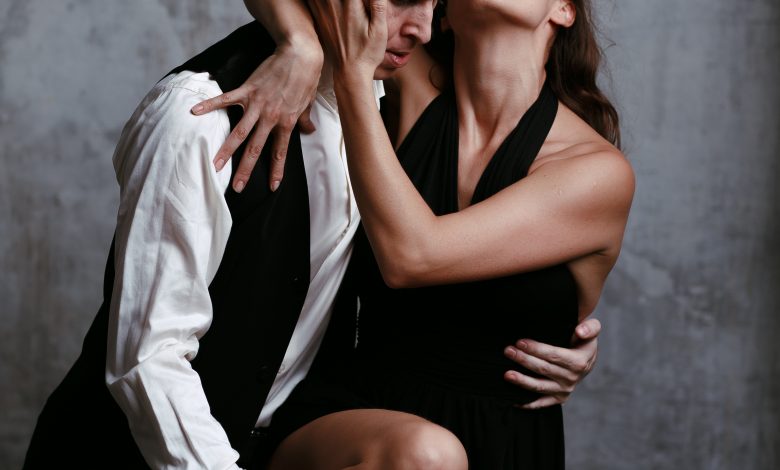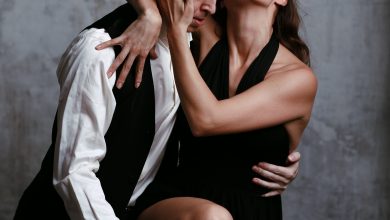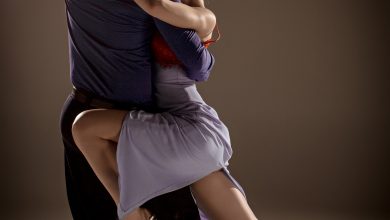Some Basic Guidelines for being a Good Argentine Tango Partner

Argentine Tango isn’t just about learning the right step and the correct patterns. The steps and patterns are obviously necessary and foundational to being able to dance the Argentine Tango however there are several other important elements that need to be mastered. One of the most important additional elements is learning how to be a good partner.
This partner connection and relationship begins the moment a song starts. When the music starts, embrace your partner, but don’t begin to move or expect to move right away. Start by focusing on your partner and your connection with them. Make sure your embrace and connection feels comfortable and natural. Make sure you have a good tall frame. Focus on your partner’s “body language” and make sure they are comfortable.. Enjoy the feel of your embrace wrapped around your partner and their embrace around you.
Once you have a comfortable embrace, now focus on the music and the beat. Let the music and the beat become part of you. Let your body very gently move to the pulse of the music. Make sure you are “into” the music.
As the Leader, when the moment feels right (good embrace and you have connected to the music) start walking. If you are the follower, don’t be anxious or impatient to start.
Once you are dancing you need to pay attention to other couples, especially if the milonga dance floor is crowded. The leader should keep their head up and stay alert to the edge of the dance floor and to the location of other couples. Try to avoid getting to close to other couples by selecting steps and direction changes to keep some room between you and other couples. When you occasionally hit another couple make sure you say “Sorry!”
When you make a mistake (which will happen) do not try to fix it out or work out how to correct it. You’re supposed to be enjoying the sensation of the dance and the music. Just put the mistake behind you gracefully and quietly and continue dancing.
As you dance think “tiger” so your body will move with a beautiful tango style. Imagine yourself powerful, graceful, and beautiful like the tiger.



